
OR
More than 66 percent Nepalis live in urban areas: Central Statistics Office
Published On: April 24, 2023 09:30 AM NPT By: Republica | @RepublicaNepal
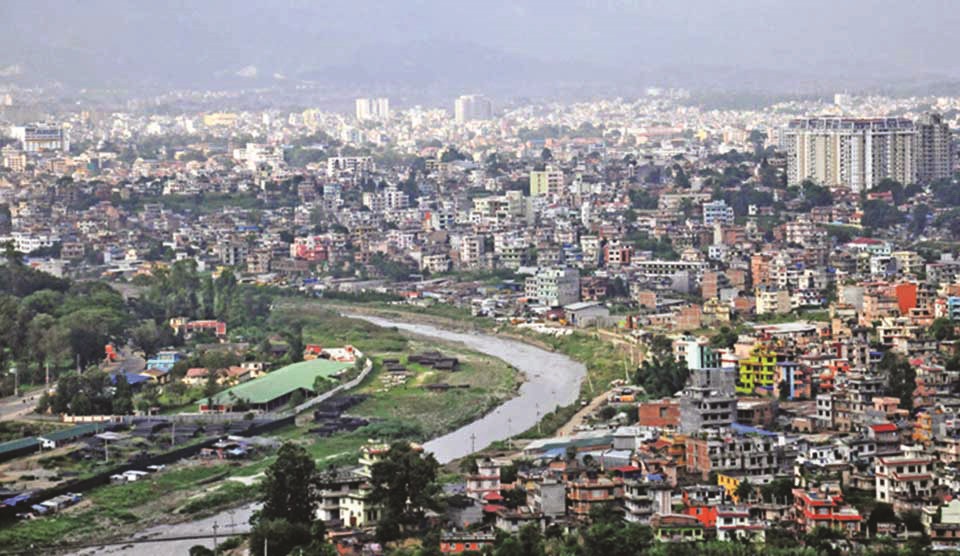
KATHMANDU, April 24: The national census 2021 data has shown that urban population reached 66.2 per cent in Nepal.
Releasing the municipality and rural municipality-level data, the Central Statistics Office (CSO) on Sunday stated that the urban population in Nepal is slightly more than 19.29 million while the rural population is 9.86 million plus.
According to the national census 2011, the urban population in the country was just 17.1 per cent.
As per the geographical belt, the urban population in the mountainous region is 35.6 percent while the rural population is 64.4 percent.
Likewise, 63.3 percent people in the hilly region reside in municipalities while 36.7 percent people live in the rural municipality in the hills.
There are 71.8 percent people as city dwellers in the Terai region while 28.2 percent people are the dwellers in the rural areas.
The average population growth rate during the census period is 0.92 percent per year against 1.35 per cent in the previous census.
While the average annual population growth in the municipality is 1.36 per cent, the average annual population growth in rural municipalities is 0.11 per cent per year in this census.
The density of population as per the 2021 census is 198 per square kilometer which was 180 per square kilometer in 2011. The density of population in the municipality is 373 per square kilometer while it is 105 per square kilometer in rural municipality in 2021.
Among the 6,666,937 households residing in Nepal, 4,479,662 families live in municipalities while remaining live in rural municipalities, the 2021 census puts.
In Nepal, the average member number per family is 4.37 in total. In terms of municipality, the average family member number is 4.31 per family and 4.51 per family in rural municipalities.
Geographically, the average family member number per family in mountainous municipalities is 4.23, 3.90 in hilly municipalities and 4.63 in Terai municipalities.
Similarly, the average family member per family in rural municipalities in mountainous region is 4.38, 4.14 in hilly region and 4.99 in Tarai.
Among the 6,666,937 families recorded during the 2021 census, the head of the family was male in 68.5 percent of families while 31.5 percent were female as the head.
Municipality-wise, males were the head of the family in 67.2 per cent families in municipalities while females were the head in 32.8 per cent.
Likewise, males were the head of the family in 71.1 per cent families in rural municipalities while 28.9 percent families had females as their head.
You May Like This
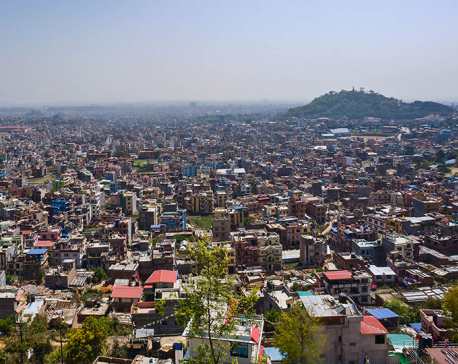
Urban population on the rise
KATHMANDU, Oct 17: Nepal's urban population has reached 66.08 percent. As per the preliminary statistics of the National Census, 2078... Read More...
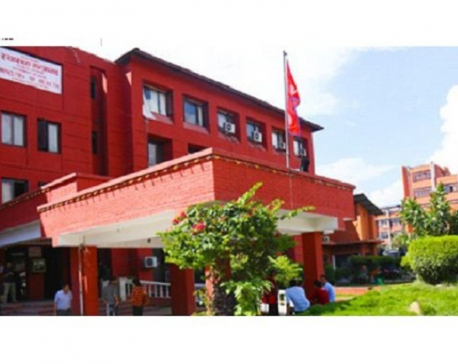
Maternal mortality rate being studied for the first time in Nepal
KATHMANDU, Oct 7: A study on maternal mortality rate has been started for the first time in Nepal. The Ministry... Read More...
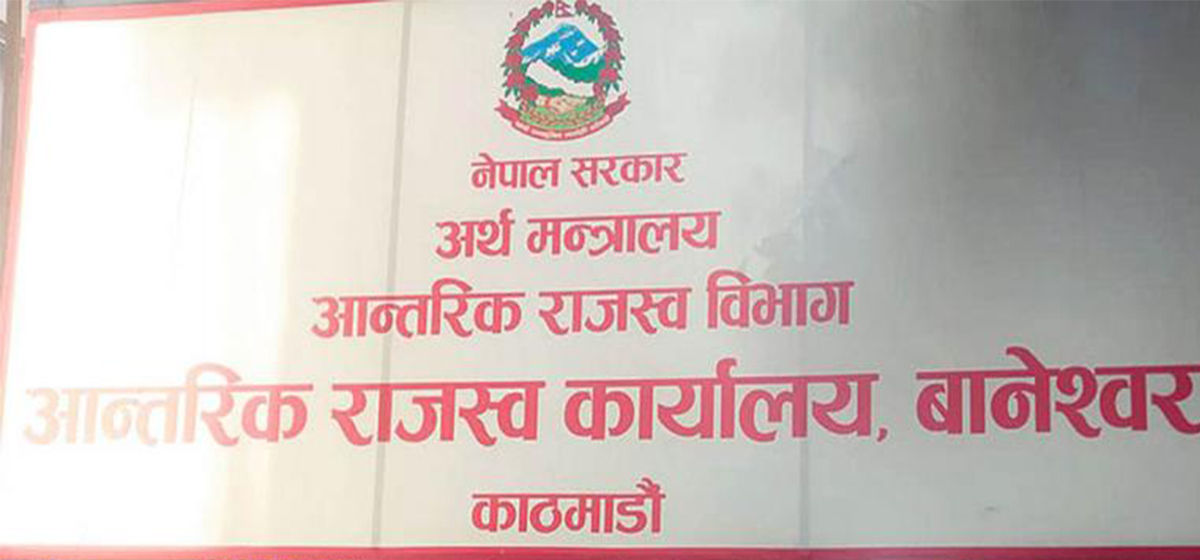
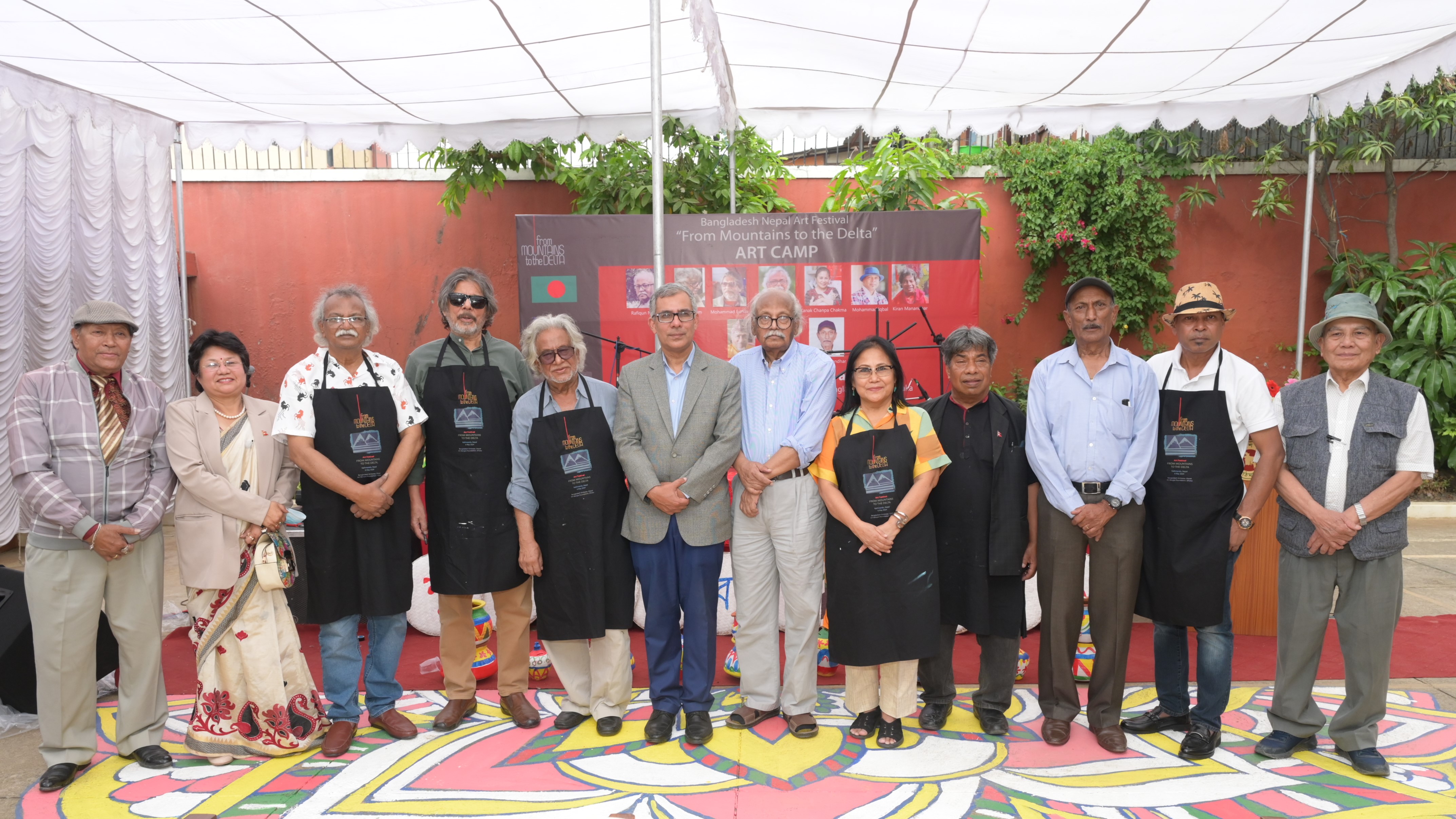
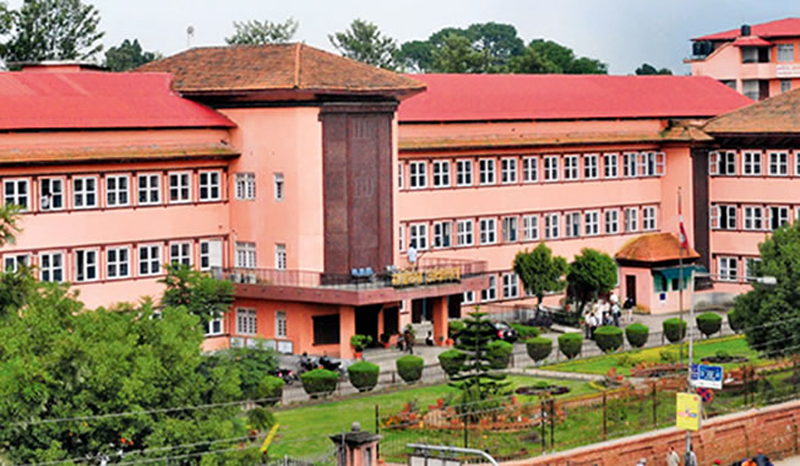
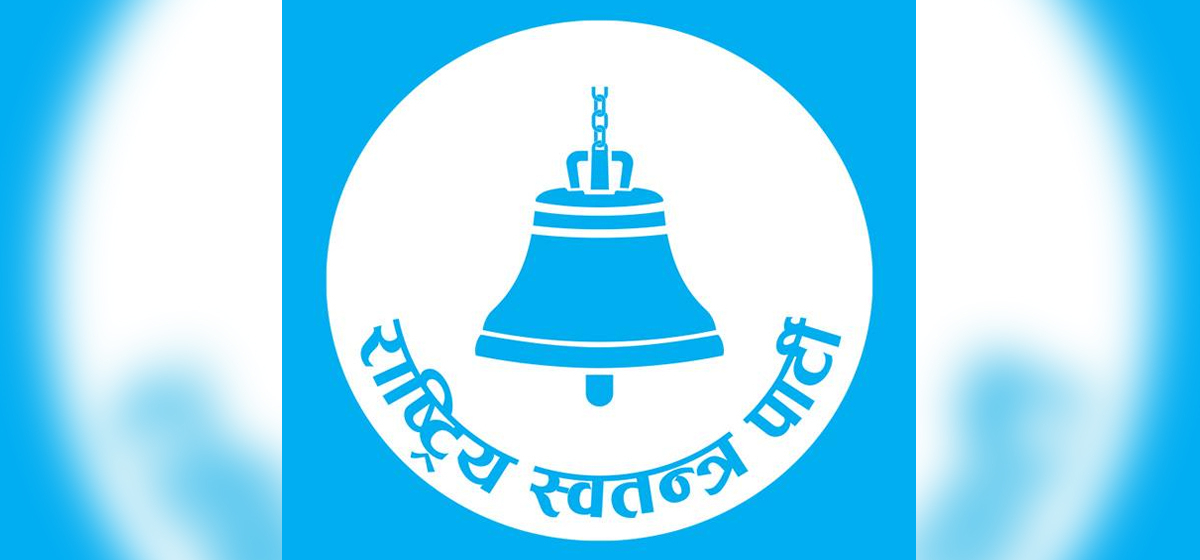

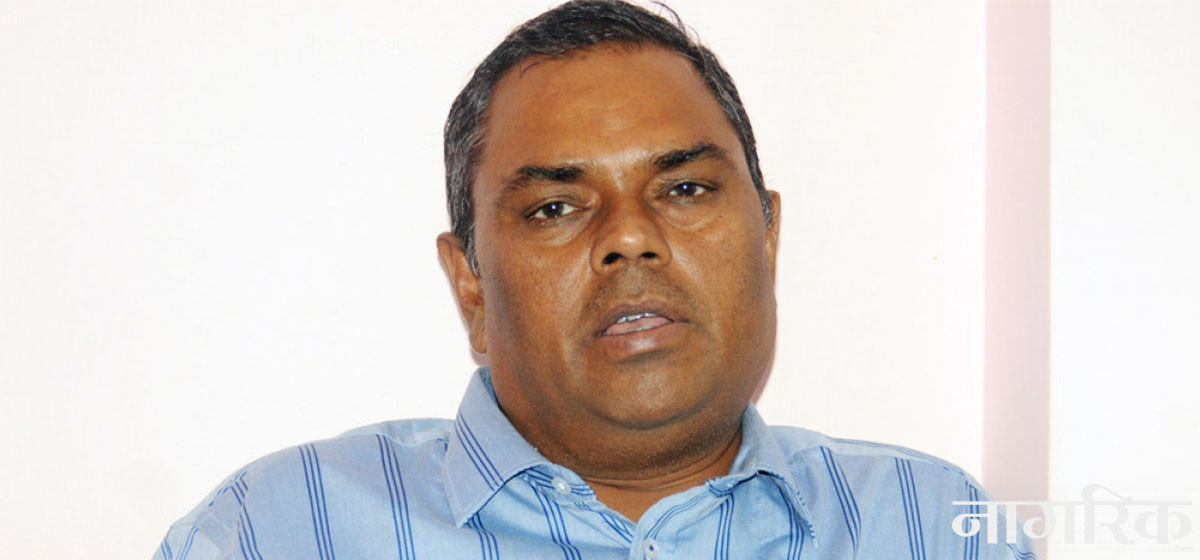
Just In
- Bangladesh Embassy in Kathmandu organizes daylong art camp on theme ‘From Mountains to the Delta’
- SidhaKura case: SC orders written responses from individuals named in audio-visual material by keeping case on hold
- Speaker-convened meeting of top leaders underway
- CIB raids Vienna Hotel owned by Tsering, linked to gold smuggling
- RSP parliamentary party meeting commences
- Gold price increases by Rs 800 per tola
- DPM Yadav returns home
- Child killed in lightning strike, injures three



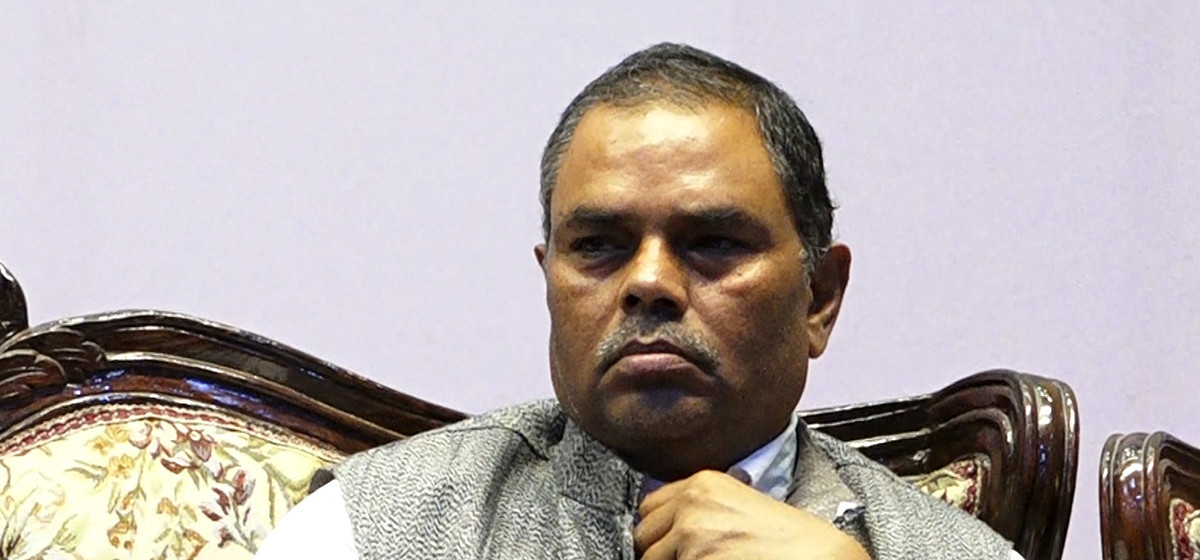

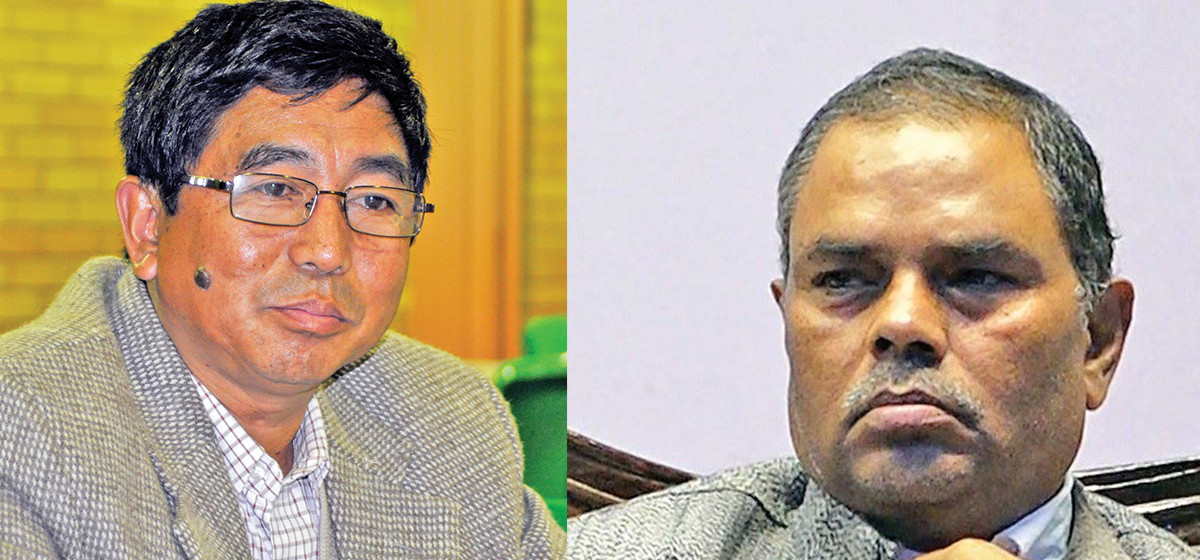
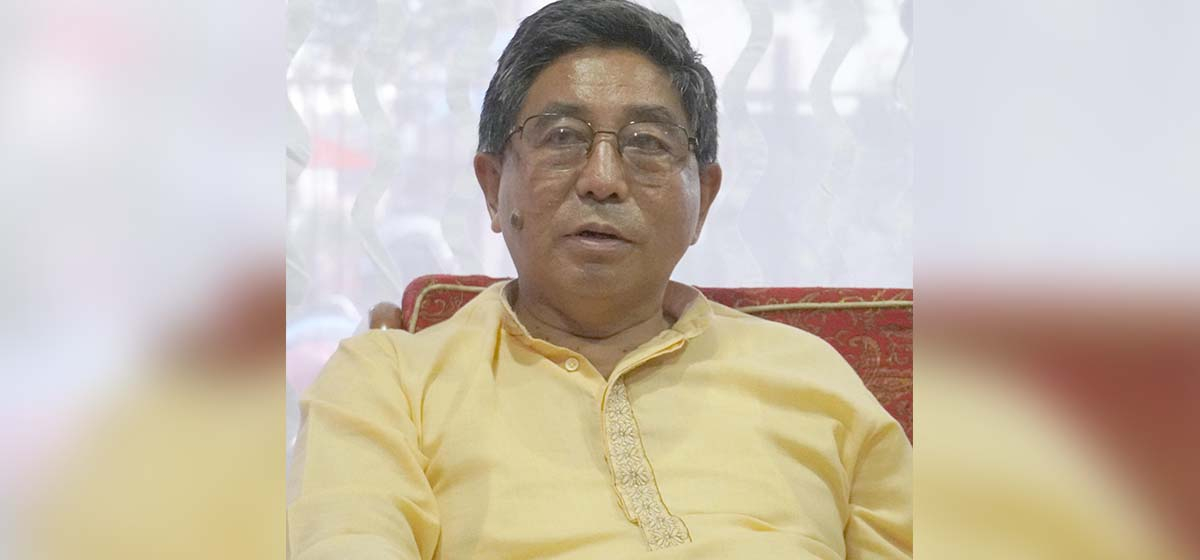
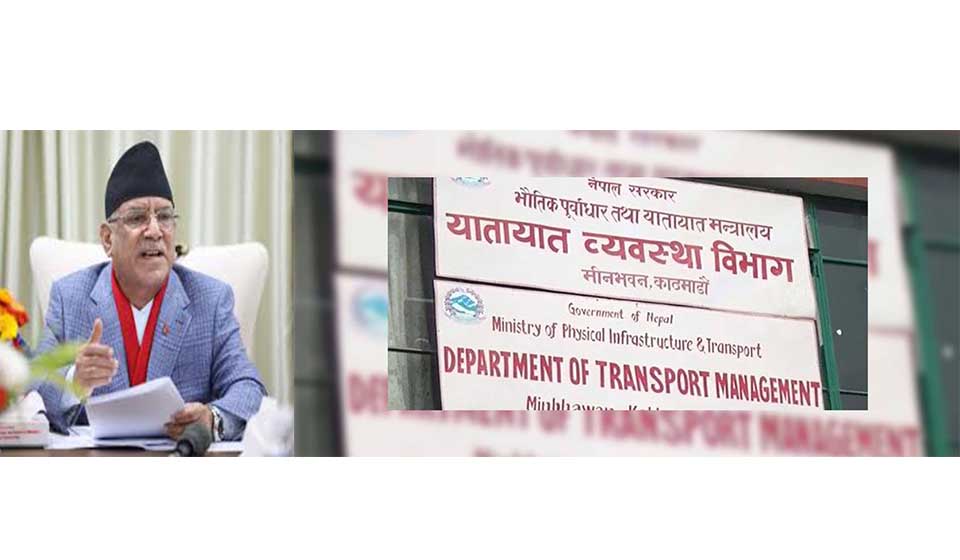
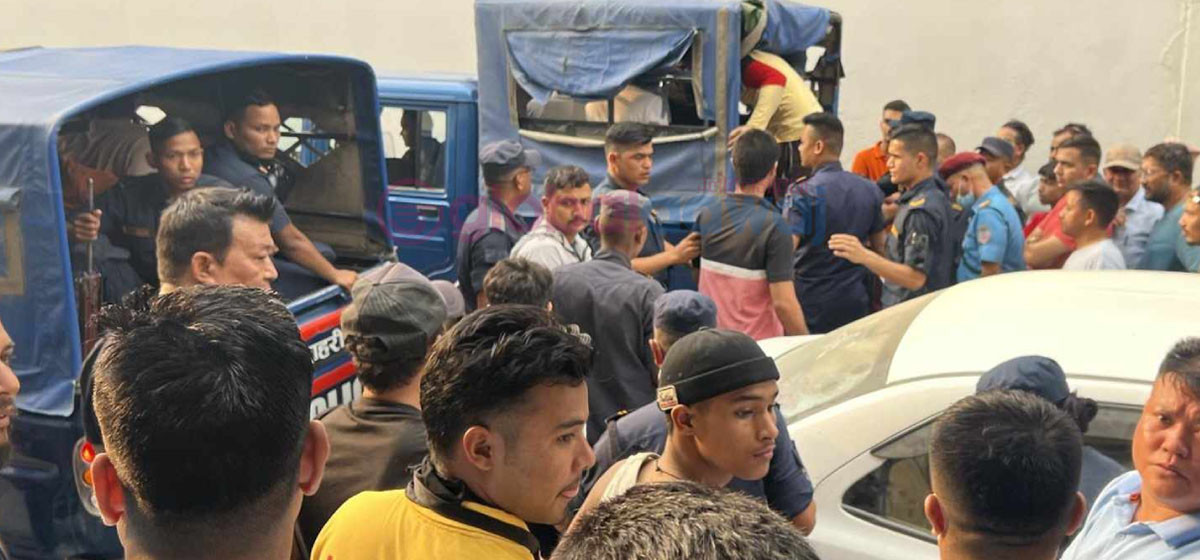

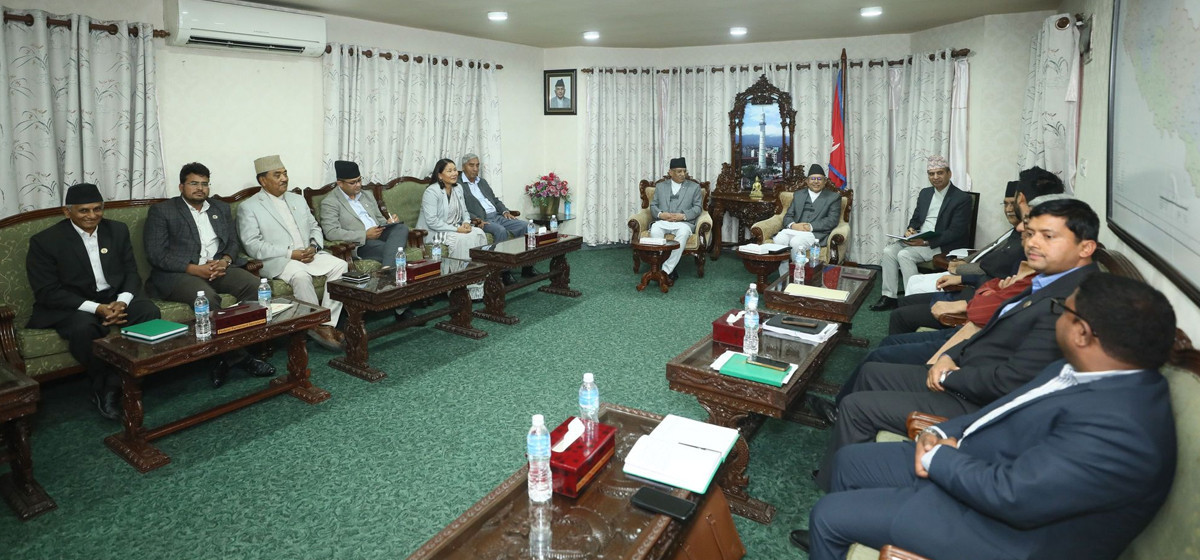
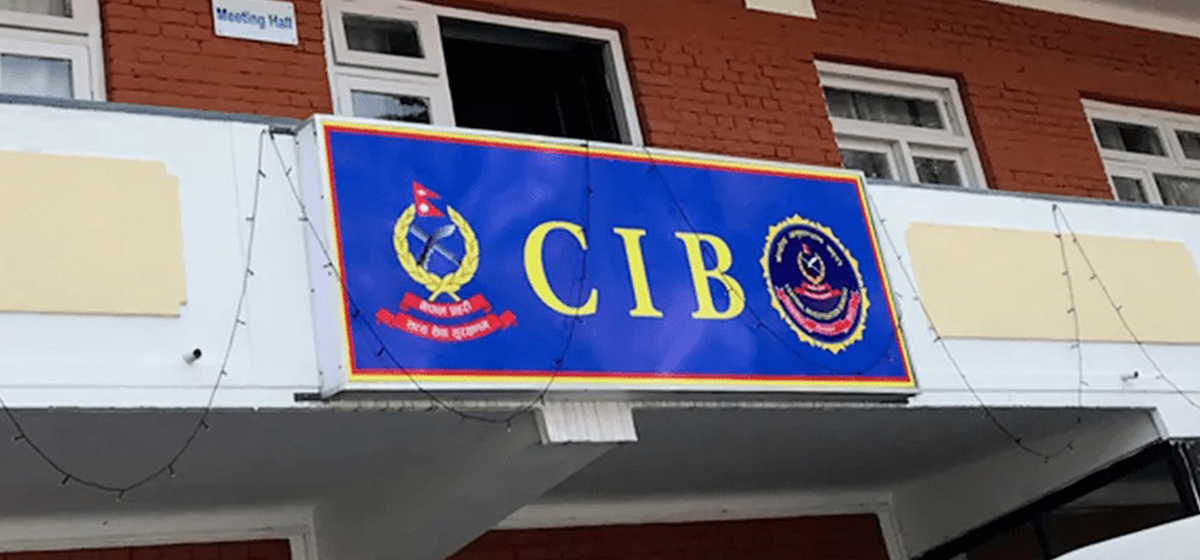
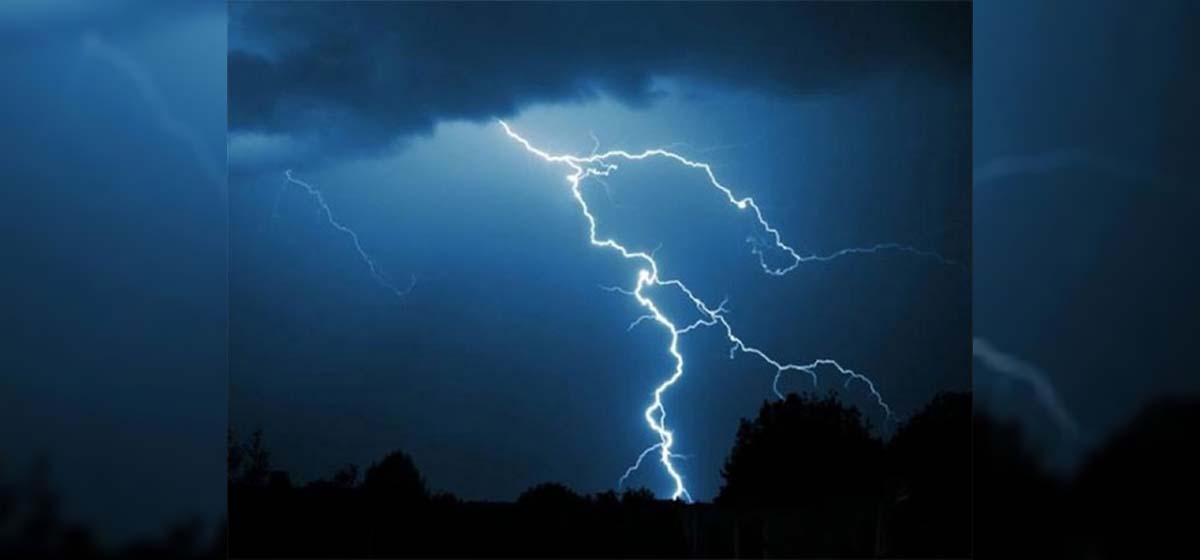
Leave A Comment